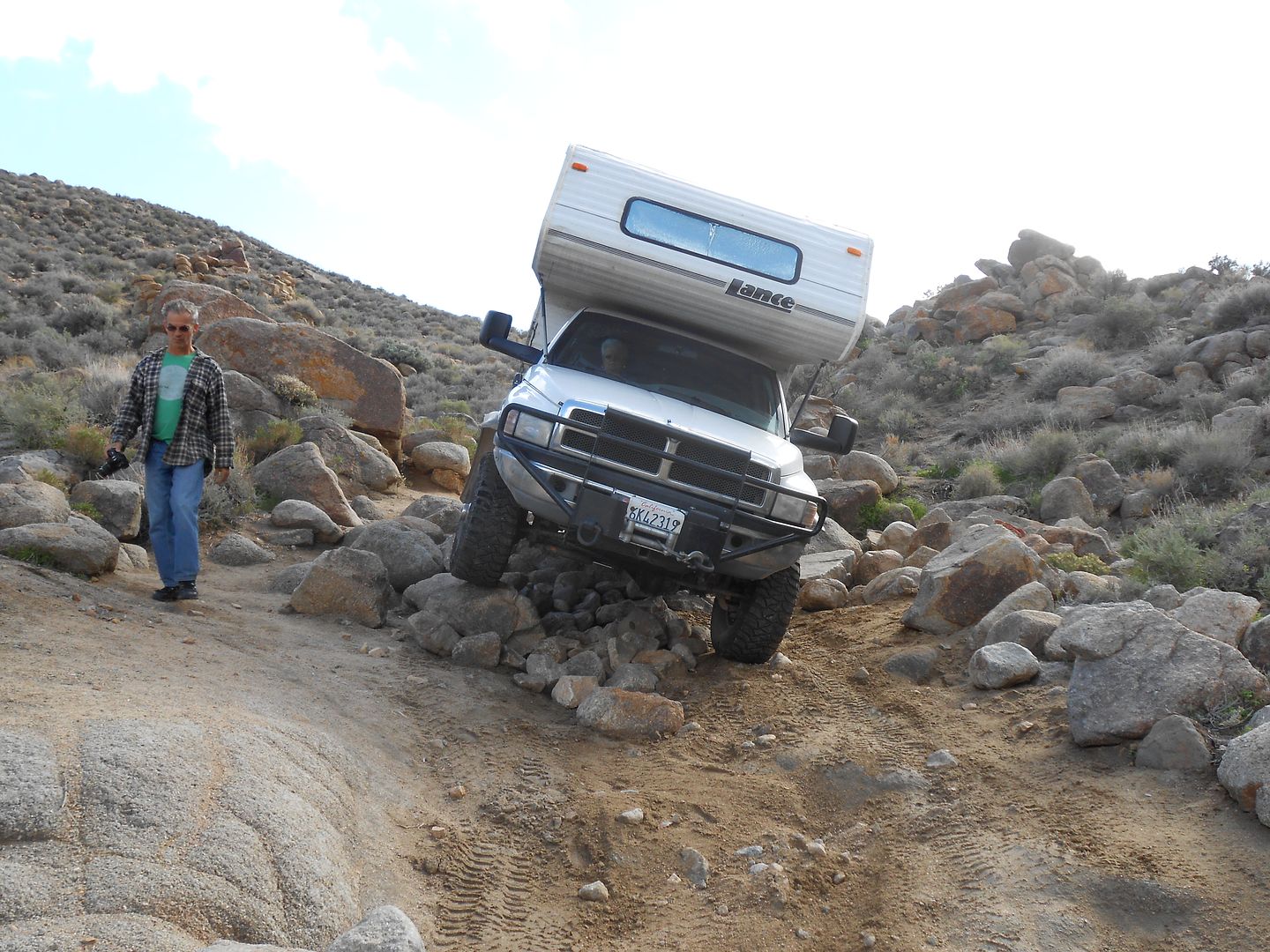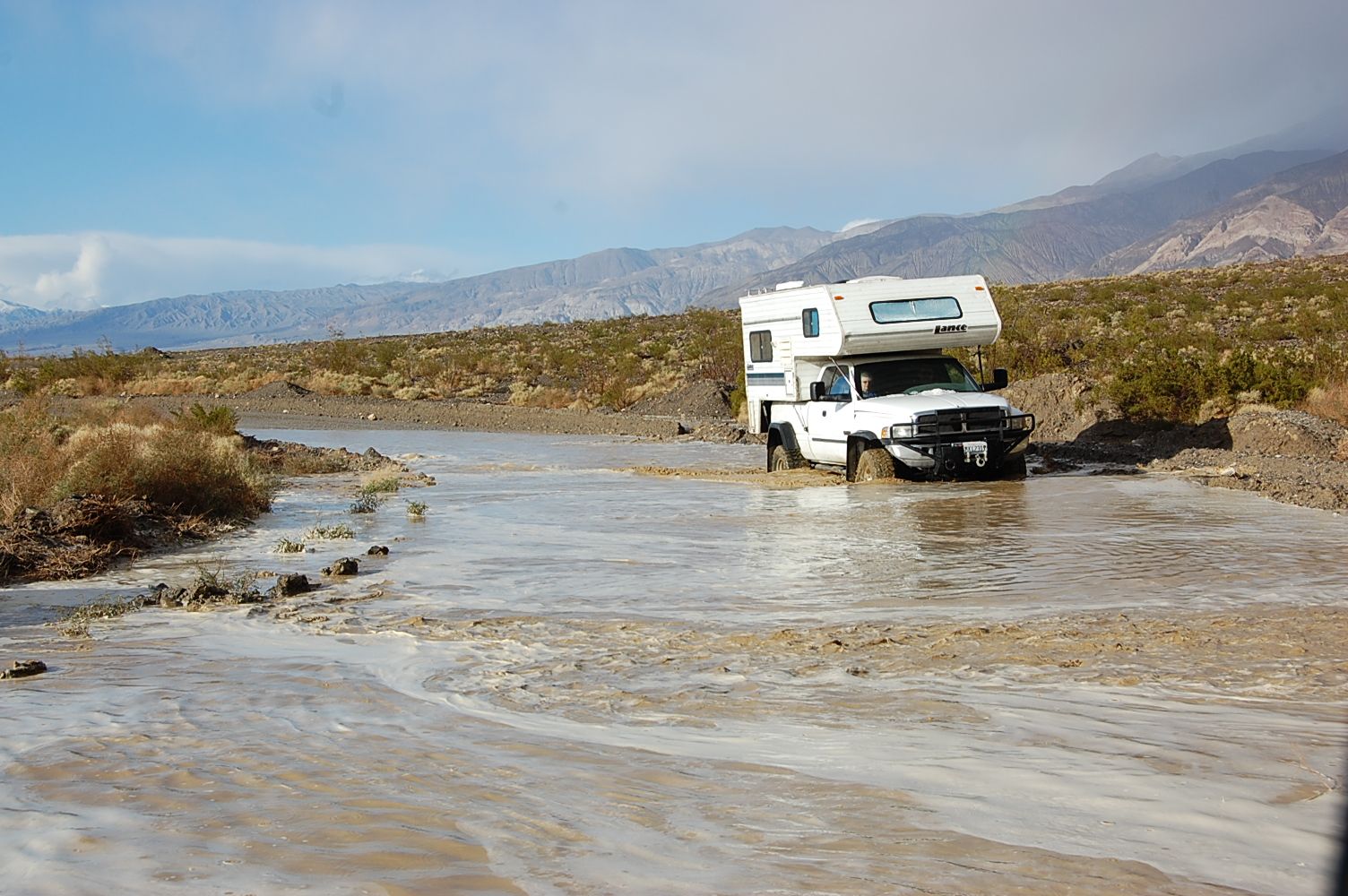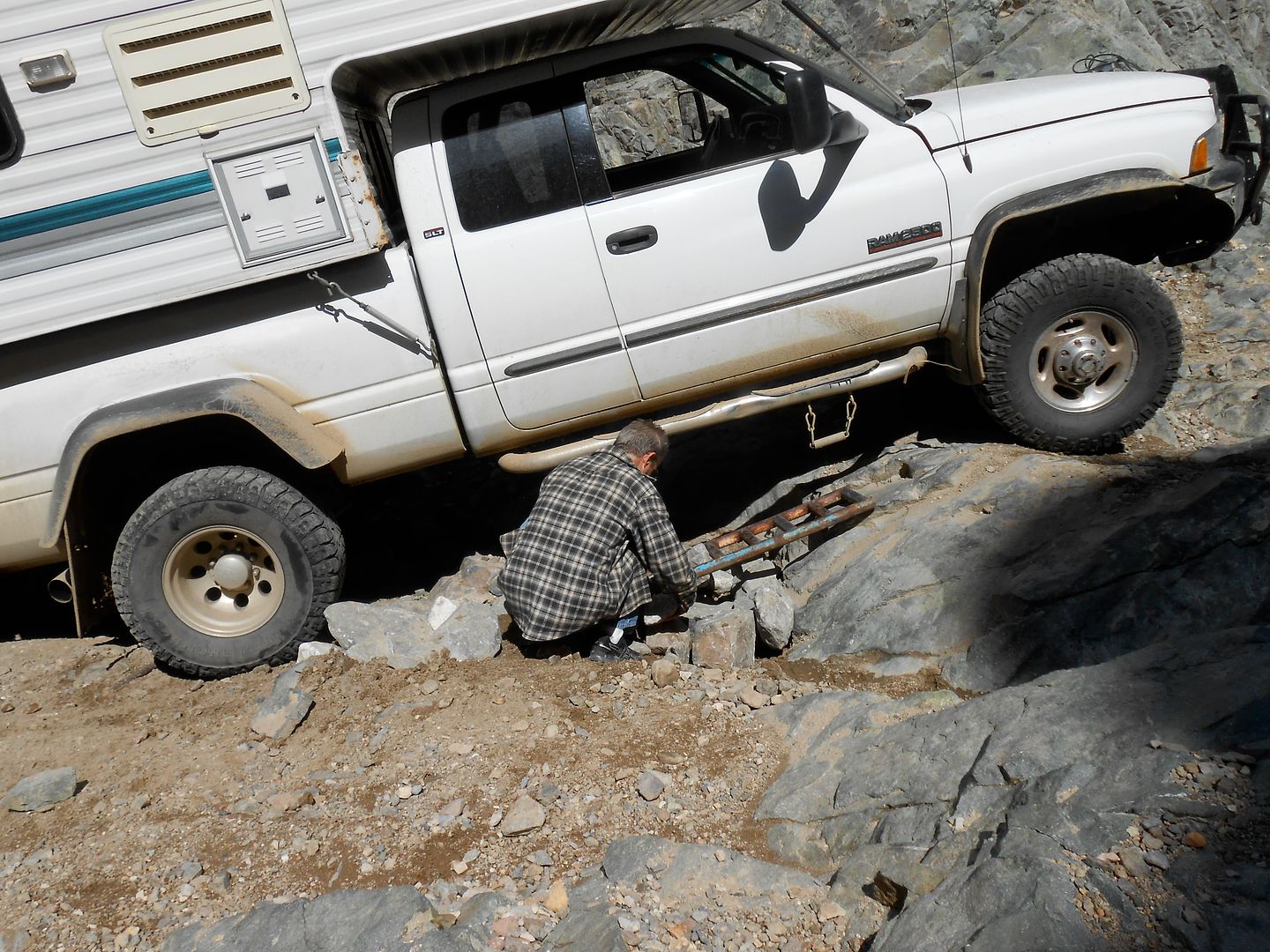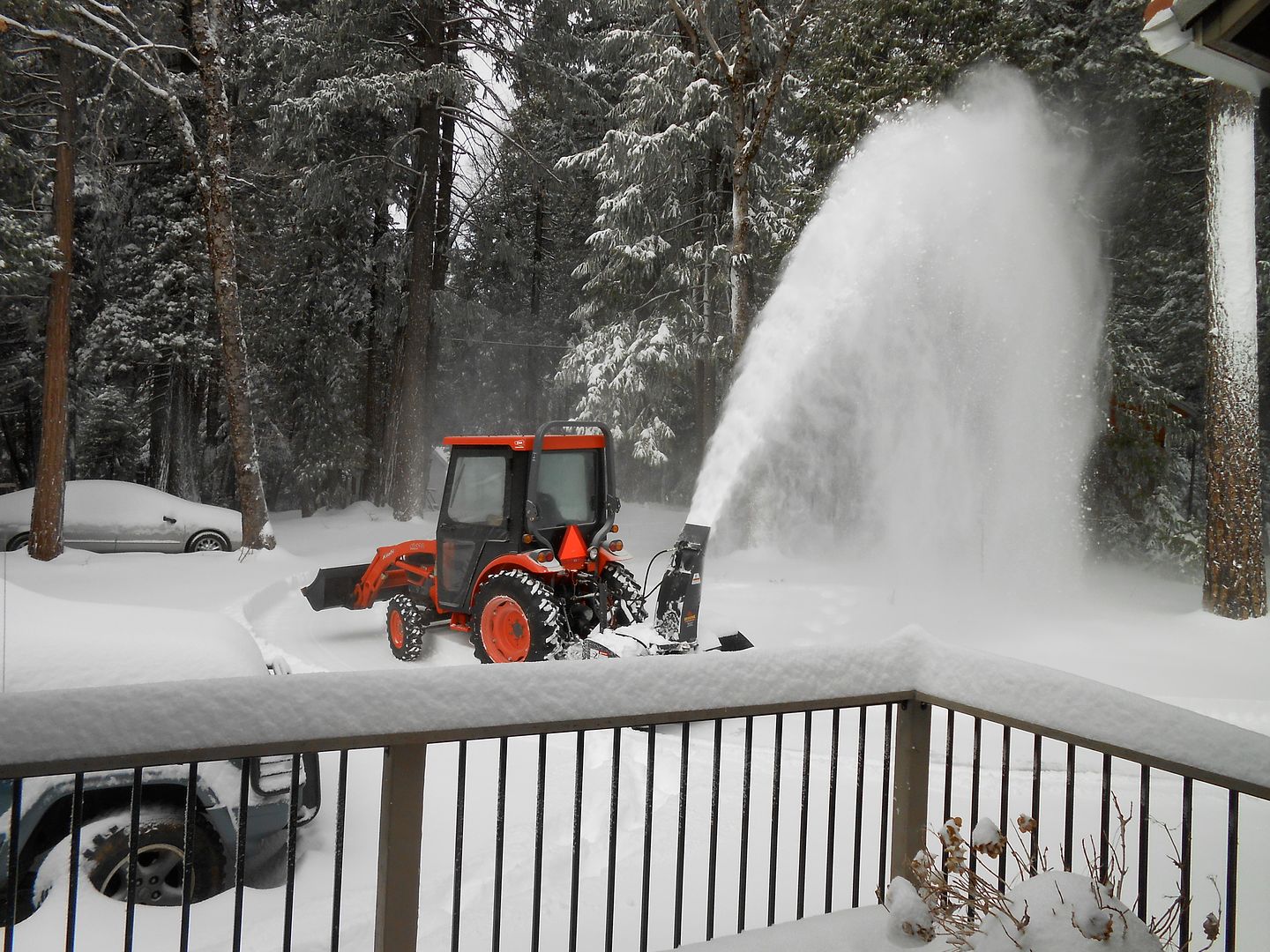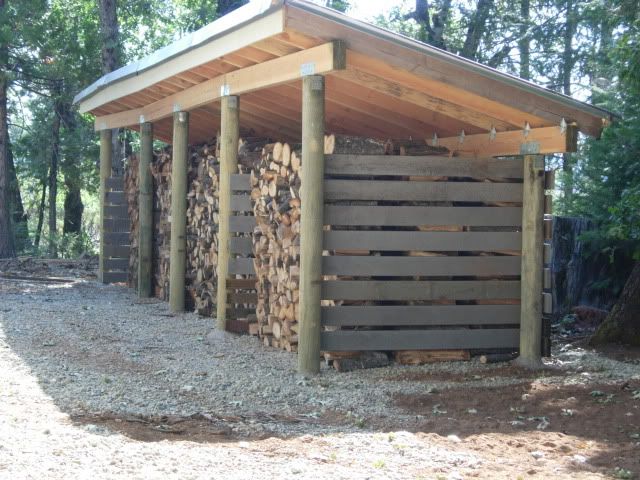Factoid
Three criminal heroes
Can you run half the engine?
I used to be able to run half the engine. The 2012 Camaro engine I put in my 1988Defender had DOD that would shutdown up to 4 of the 8 cylinders. I disabled it in the ecu once in the LR.
Can you run half the engine?
This is how I always saw it but in the 1:1 If you run it back to the jeep it becomes 2:1. The tree pulley is change of direction and the winch on the The winch becomes a pulley carrying the load. This what has hard for me to see.The snatch block can be though of as a spinning lever.
View attachment 440660
If the Snatch Block is rigged as a class 1 lever, you don't get a mechanical advantage.
View attachment 440661
If the Snatch Block is rigged as a class 2 lever, you get a mechanical advantage 2:1.
View attachment 440662
Hope this helps

The amount of cable on the spool increases/decreases working load depending on amount of line on the spool. Your winch is rated on the first wrap of the spool but obviously you can't safely pull on that wrap, you need a safety factor. Each successive wrap decreases your pulling power but that doesn't change your mechanical advantage, it only explains why you may need to increase your mechanical advantage i.e. add more pulleys into the system to make up for lost power- which will obviously require more line. This is why most recommendations are to go at least 1.5x your vehicle weight.
Here we go again. This statement would be true IF you were only using the pulley as a direction changer and did not hook the cable back to the rig. If you run the cable from the winch through the pulley and to another fixed object like another tree, then yes there is no mechanical advantage.This has been entertaining; lots of good points but I think Robert is the only one that answered the OP's starting question (thread page 5). If simply pulling yourself out of a ditch/up a hill whatever using a tree/truck as a base it's always best to run the cable out as far as you can, leaving at least 5 or 6 wraps on the spool because this provides the most mechanical advantage from the winch. If you are unable to run the cable out a good distance then the alternative is to use a single pulley at the base and connect the hook end back to your vehicle or another base. The pulley is not providing mechanical advantage itself but it's allowing the winch to pull harder due to increased efficiency.
The amount of cable on the spool increases/decreases working load depending on amount of line on the spool. Your winch is rated on the first wrap of the spool but obviously you can't safely pull on that wrap, you need a safety factor. Each successive wrap decreases your pulling power but that doesn't change your mechanical advantage, it only explains why you may need to increase your mechanical advantage i.e. add more pulleys into the system to make up for lost power- which will obviously require more line. This is why most recommendations are to go at least 1.5x your vehicle weight.


